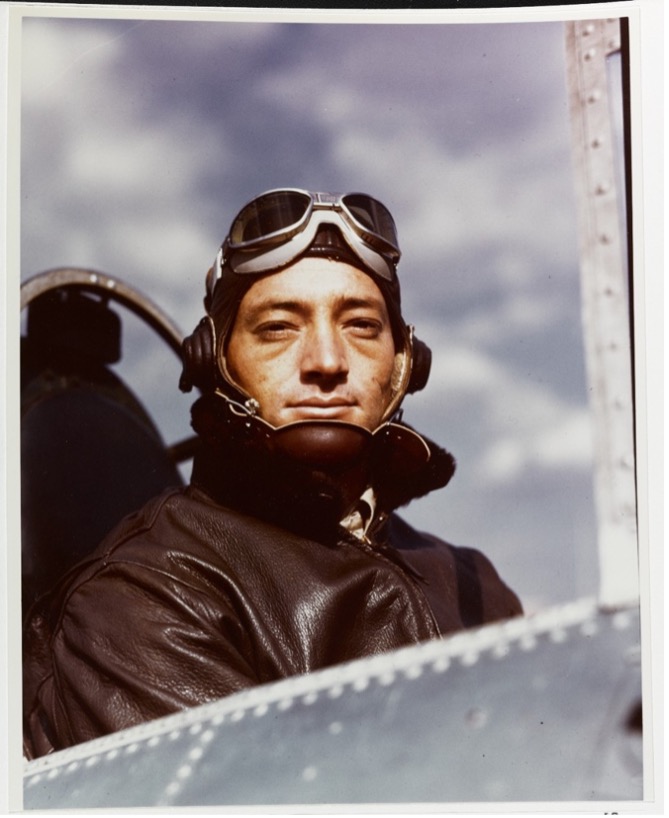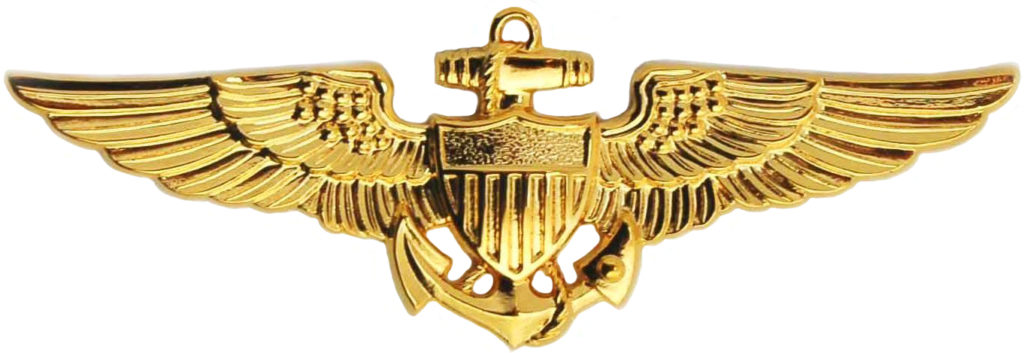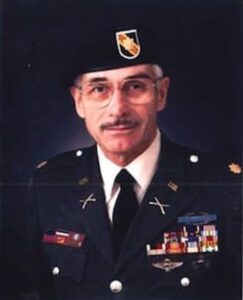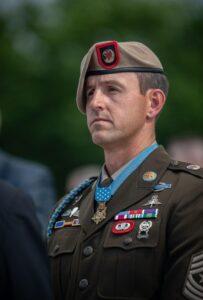- Date of Action: August-October 1942
- Squadron: Marine Fighting Squadron 223 (VMF-223)
- Location: Guadalcanal Island

John Smith from Lexington, Oklahoma wanted to be an accountant. In 1936 he graduated from the University of Oklahoma with a business degree and subsequently passed the state’s Certified Public Accountant examination. Needing money for his education, Smith has joined the university’s ROTC program. After being commissioned as an artillery officer in the Marine Corps in July 1936, Smith transferred into flight training and earned his wings in 1938. Smith earned a reputation as a quiet, no-nonsense, disciplinarian, but also one with great tactical instincts. In early 1942, Smith was ordered to command a new Marine fighter squadron in Hawaii – Marine Fighting Squadron 223 (VMF-223).
As part of Operation Watchtower, a large contingent of US Marines captured Guadalcanal Island and its new airfield on August 7, 1942. Major John Smith and other members of Marine Fighting Squadron 223 (VMF-223) deployed to the airfield, rechristened Henderson Field, as its first fighter squadron. Smith and his Marine pilots were immediately thrown into one of the most intense and difficult air campaigns of the Pacific War. The crude facilities made it difficult to service the Wildcats, Japanese bombers and surface ships repeatedly pounded the base, and the tropical climate led to all sorts of debilitating diseases for the pilots.
Smith earned his first victory over a Mitsubishi A6M2 Zero fighter on August 21, 1942. In near-constant combat, Smith’s score continued to rise. On August 30th he claimed four victories—his best single day total. And by early October 1942, his total reached nineteen victories—making Smith a top US fighter pilot by score.
In addition to being a top-scoring fighter ace, Smith was also a great teacher of effective combat tactics. Keenly observing Japanese fighting techniques and weighing the qualitative differences between his squadron’s F4F-4 Wildcat fighters vs. the vaunted Japanese A6M2 Zeros, Smith taught his pilots to be disciplined in the air and to avoid dogfighting the nimble Japanese fighters. He would tell his pilots that “we have to hit and run, knocking out as many planes as we can at the first onslaught, then getting away. It isn’t smart to dogfight with the Zeros since they can maneuver faster.” Newly arriving pilots, including future Medal of Honor recipient Joe Foss, would greatly benefit from Smith’s lessons.

While Smith’s piloting skills and tactical acumen were considered first-rate, this did not prevent Smith from falling victim to his enemy’s guns. On October 2, 1942, a Japanese Zero latched onto the tail of Smith’s Wildcat and pumped rounds into the Wildcat. Forced to ditch his Wildcat in the jungles of Guadalcanal, Smith managed to get himself out of the cockpit and started a harrowing trek back to Henderson Field. Somehow avoiding, Japanese patrols in the area, Smith waded across the Tenaru River and found a nearby Marine patrol that had been sent out to locate him. Smith declared that his journey through the enemy-controlled jungle was “just like taking a hike.”
Smith’s strong personality and determined leadership served to keep VMF-223 in the fight during the critical opening months of the struggle for Guadalcanal. Nearly exhausted physically and materially, Smith and his squadron were finally replaced by Marine Fighting Squadron 121 in mid-October 1942.
Famous as America’s leading ace, John Smith appeared on the December 7, 1942, cover of Life Magazine. His score and accomplishments caught the attention of Secretary of the Navy Frank Knox, and Smith’s Navy Cross was upgraded to the Medal of Honor. On February 24, 1943, Smith received the Medal of Honor from President Franklin D. Roosevelt at the White House in Washington DC.
Medal of Honor Citation
For conspicuous gallantry and heroic achievement in aerial combat above and beyond the call of duty as commanding officer of Marine Fighting Squadron 233 during operations against enemy Japanese forces in the Solomon Islands area, August – September 1942. Repeatedly risking his life in aggressive and daring attacks, Maj. Smith led his squadron against a determined force, greatly superior in numbers, personally shooting down 16 Japanese planes between 21 August and 15 September 1942. In spite of the limited combat experience of many of the pilots of this squadron, they achieved the notable record of a total of 83 enemy aircraft destroyed in this period, mainly attributable to the thorough training under Maj. Smith and to his intrepid and inspiring leadership. His bold tactics and indomitable fighting spirit, and the valiant and zealous fortitude of the men of his command not only rendered the enemy’s attacks ineffective and costly to Japan, but contributed to the security of our advance base. His loyal and courageous devotion to duty sustains and enhances the finest traditions of the U.S. Naval Service.




